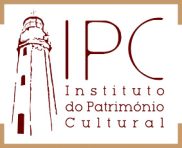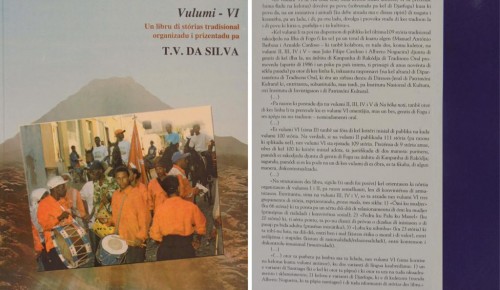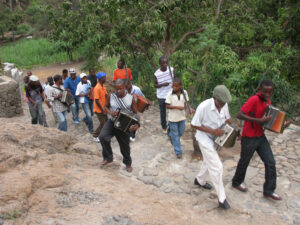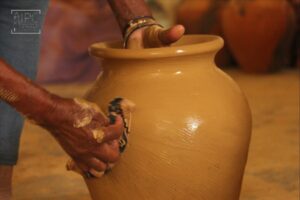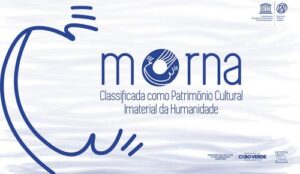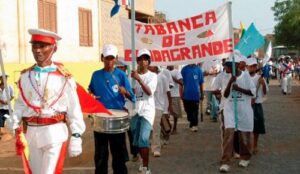Known as one of the first languages to emerge in the context of linguistic contact in the period of the Discoveries, the Cabo Verdean language, correct technical designation or Creole / Kriolu as it is commonly and affectionately called by its speakers, is the Cabo Verdean identity mark. As old as the Cabo Verdean man himself, it was instituted as the result of a situation of language contact, which took place on the island of Santiago, in the 15th century, between the European and the African contingent, in a dominator versus dominated binomial. from the social point of view, in which the large number of speakers of different languages, versus the small number of speakers of Portuguese, and the stability of this contact situation, made a new language of communication emerge in a short space of time, in the XVII century. This language imposed itself in the context of five centuries of Portuguese colonial domination, emerging as a mother tongue, ritual language, cultural language and vernacular language. Intertwining, as in other realities of colonization, the language of the colonizing people, in our case, Portuguese remained the only official language target of language teaching policy, relegating to the mother tongue the management by its own speaker, which for centuries transmitted it informally, from generation to generation, making it a national symbol whose cultural, identity and memory value is shared by all Cabo Verdeans, thus catapulting it into spaces considered formal (churches, parliament, public institutions) in the crosshairs. to constitute an effective bilingualism.
ler maisThe first incursions into the study of so-called creole languages date back to the 19th century, with Adolfo Coelho in the essay “Os dialects românicos ou neolatinos da África, Asia, e América” (The Romanic or Neo-latin dialects of Africa, Asia, and America ) republished by the Sociedade de Geografia de Lisboa, in 1967, and texts by António de Paula Brito “Portuguese Creoles. Notes for the grammar of the creole spoken on the island of Santiago de Cabo Verde”, 1885, which were revised by Adolfo Coelho, an important Portuguese philologist, and also texts by Joaquim Vieira Botelho da Costa and Custódio José Duarte “O Crioulo de Cabo Verde. Brief Studies on the Creole of the Cabo Verde Islands” offered to Dr. Hugo Schuchardt, contemporary of Adolfo Coelho and also a pioneer in the appreciation of creole languages.
From Eugénio Tavares, Pedro Cardoso, Napoleão Fernandes, through Baltazar Lopes da Silva, Dulce Almada Duarte to Manuel Veiga, writers, poets, contemporary linguists, the Cabo Verdean language has been the object of studies in its various aspects assuming its affirmation and valorisation as an identity element. Literature, music and theatre have been performing areas of excellence in its valorisation and witnesses of its capacity to establish intercultural dialogue, since it is also the language of reference between Cabo Verdeans and the foreign community living in Cabo Verde.
Despite the vicissitudes associated with its normalization for use in writing and officialization, the Cabo Verdean language is the element of communication and transmission of cultural values with which all Cabo Verdeans identify, regardless of whether they are speakers or not of this language. The same recognition is shown by any citizen who passes through Cabo Verde, who lives here or who lives with Cabo Verdeans in the diaspora, so official recognition as an intangible heritage and symbol of Cabo Verdeanity will give it the prestige and dignity consistent with the functions it performs in the various spheres of society and across borders. The recent candidacy of morna as an intangible cultural heritage of humanity is a perfect example of the Cabo Verdean language’s ability to go beyond borders and assert itself as a factor of cultural and linguistic diversity in the global world, as has been amply demonstrated and reinforced on other occasions.
ler menos
